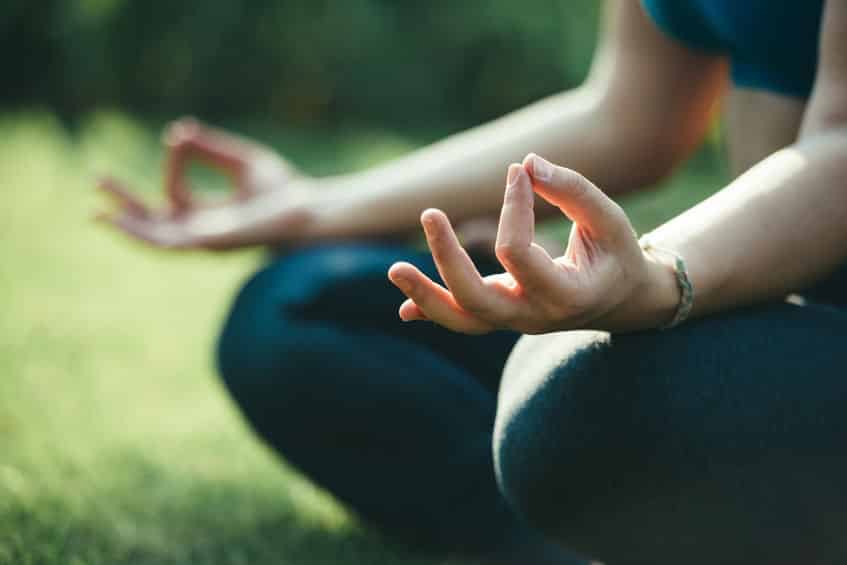The Skinny
Life is picking up lately and as schedules and activities increase so does the need to unwind and recharge. One of the best ways is through meditation, which is well known but not well practiced. Meditation is not physically demanding, but the mental and emotional aspect can make it challenging. Don’t worry there are lots of different types to choose from, each geared to different needs and personalities. WellWell has put together a short list of popular types as a beginner’s guide.
The Slate
Guided meditation is a great option for beginners. Whether its direct meditation, wellness apps such as Calm or Headspace or a YouTube video, guided meditation makes the process easier. The combination of instruction, peaceful musical tunes, and a quiet space all work together to help the meditator stay in the present and release tension in the mind and body.
Also known as progressive relaxation, body scans aim to release tension in the body, specifically in the muscles and joints. It starts with someone laying down with their eyes closed. The meditator then begins focusing on one end of their body and progresses top-to-bottom or bottom-to-top. As an individual progresses through their body, they should imagine a wave-like sensation moving through a focused spot until the pain or tension is released and they feel somewhat lighter.
Arguably the simplest, yet most difficult meditation practice, mindfulness is centered around the many thoughts that loom through people’s minds at every moment of the day. As a meditator closes their eyes and enters a calm state, they are then required to pay attention to how their thoughts drift them away from the current moment. Once their thoughts carry them away, they must bring themselves back to their current state; a state of having nothing on the mind and being at peace with their surroundings. This practice is also the easiest to learn alone, Healthline notes.
Healthline reports that the main purpose of the loving-kindness practice is to strengthen feelings of compassion, kindness and acceptance toward oneself and others. A practicer thinks of a loved one or someone they are close with, imagining as if the person is right in front of or next to them. Once imagined, the meditator starts sending positive messages to that person. This may include sentiments such as “May you be happy”, “May you be healthy” and “May you continue to succeed.” The approach can also be applied to a perceived enemy or another person the practitioner has with. Focusing on loving and thoughtful wishes for them is designed to build forgiveness and lift tension.
Eyes Up
What is your go-to meditation technique? Let us know at info@wellwellusa.com













